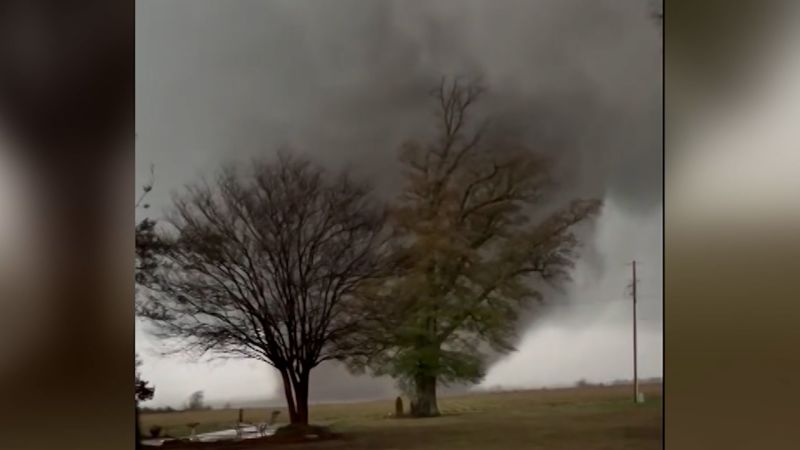
Shrinking glaciers exposed 2,500 kilometres of coastline and 35 ‘new’ islands in the Arctic between 2000 and 2020, new research has found. Scientists examined satellite images of more than 1,700 ice caps in Greenland, Alaska, the Canadian Arctic, the Russian Arctic, Iceland and Svalbard over this 20-year period. Their analysis shows that 85 per cent of these glaciers retreated, uncovering an average of 123 kilometres of new coastline per year.
This is “fundamentally altering the nature of Arctic landscapes”, according to Dr Simon Cook, a senior lecturer in environmental sciences at the University of Dundee. The research, published in the journal , links the acceleration in glacier melt to rising ocean and air temperatures. As global temperatures rise, glaciers are experiencing increasingly rapid retreat.

The base of the glacier, known as the ‘terminus’, begins to melt, shrinking the overall length of the ice cap. Marine-terminating - which flow into the ocean - often reveal new areas of coastline when they melt. From satellite imagery of 1,704 marine-terminating glaciers in the northern hemisphere, the researchers mapped the 2,466 kilometres of coastline that were exposed between 2000 and 2020.
The study shows that the rate of freshly revealed coastline varies significantly between regions. Just 101 glaciers were responsible for more than half of the total additional coastline length, the authors found. Two-thirds of the new coastline was located in Greenland.
The of the Zachariae Isstrom glacier in the northeast of the country formed 81 kilometres of new coastline - more than twice as much as any other glacier in the study. Melting glaciers also revealed 35 new islands with areas larger than 0.5 square kilometres, the researchers found.
These were completely uncovered or lost their glacial connection with the mainland. Warming ocean and air temperatures - driven by climate change - are the main impetus for marine-terminating glaciers to , the study says. The researchers warn that “the retreat of marine-terminating glaciers not only alters the landscape but simultaneously poses an indirect risk to local communities and economic activities in the coastal zone.
” The newly uncovered coastlines - known as ‘paraglacial’ - are more susceptible to landslides, which can then trigger “dangerous ”. The study highlights the tsunami in Greenland in June 2017, which caused substantial infrastructure damage and loss of life. “Paraglacial coasts differ from other established areas of Arctic coastline because permafrost will not yet have had time to develop in these freshly revealed areas, meaning that they are more easily eroded by wave action, mass wasting and other processes because of a lack of icy cement,” environmental sciences lecturer Cook wrote in an for Nature Climate Change.
“They are, therefore, expected to be highly dynamic.” The authors of the new research note that this also poses safety risks for the tourists that flock to coastal glacial areas for their beauty and abundant wildlife. “Camping and touristic activities along coasts close to the main iceberg transport routes are threatened by iceberg roll waves,” they write.
“Apart from health and safety risks linked to extreme wave impacts, the tourism industry may be considerably compromised by the scenic beauty of the landscape when marine-terminating glaciers morph into land-terminating features.”.















